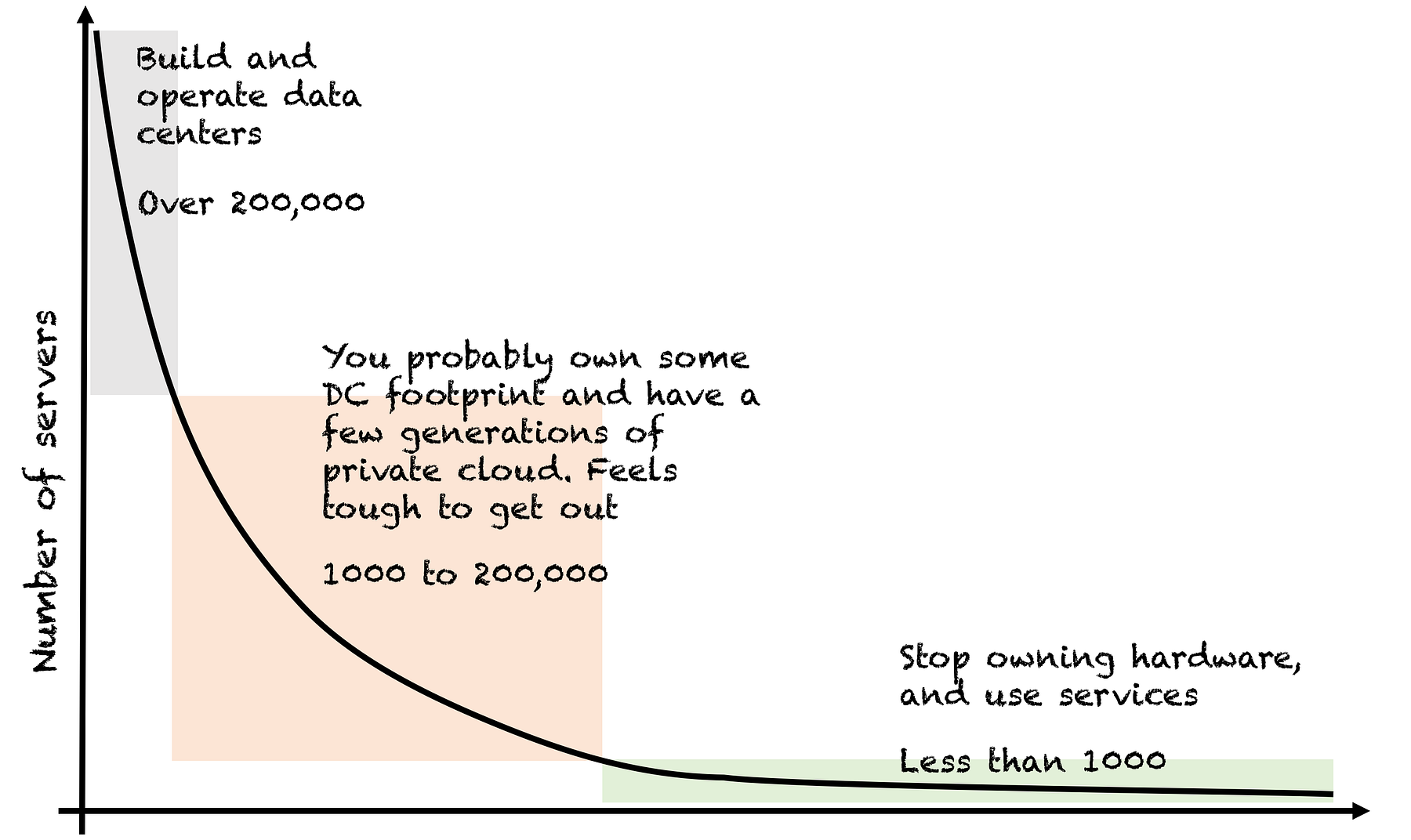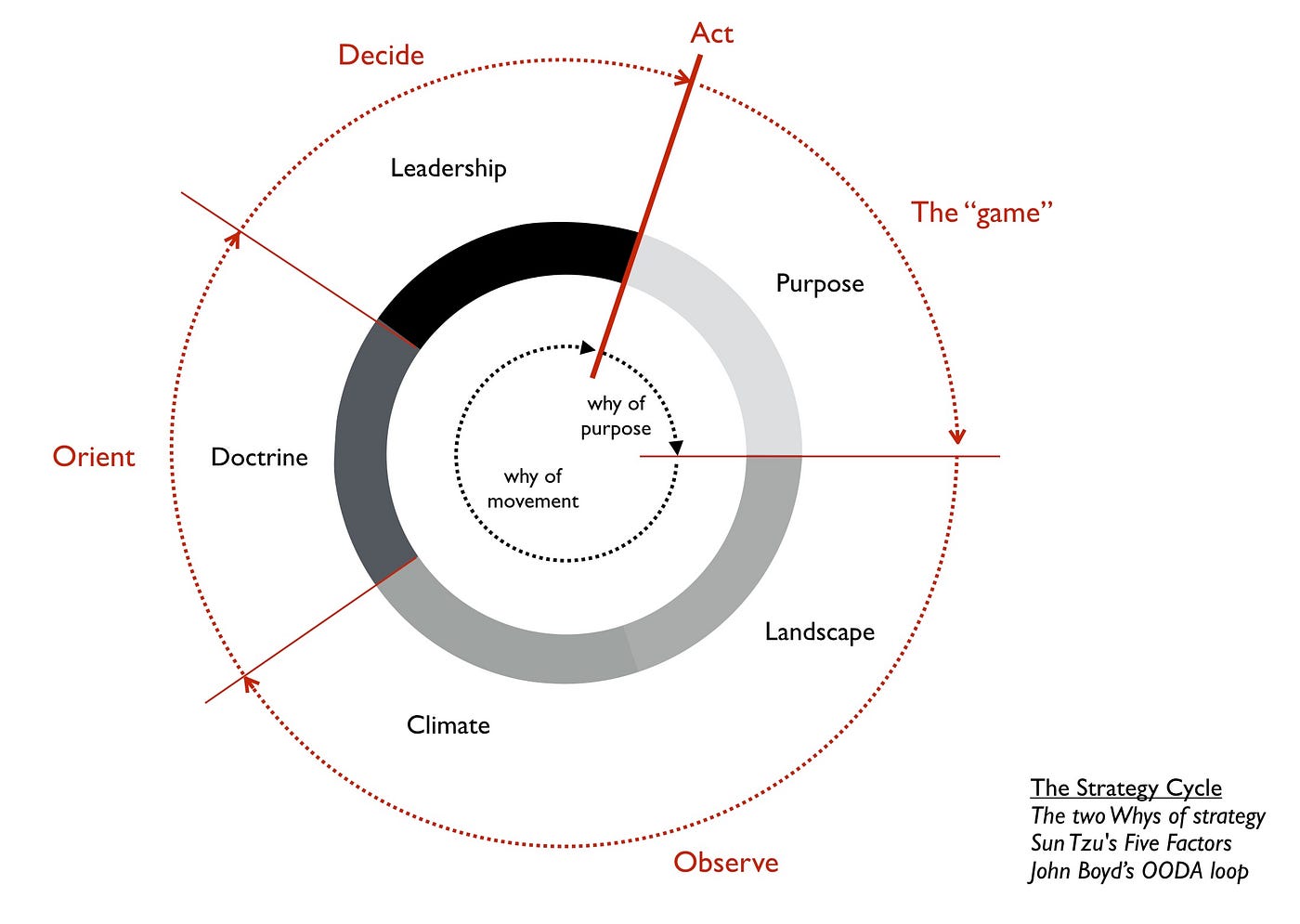Sections
AntiSocial Media
[avatar user=”malm” size=”small” align=”left” link=”file” /]
You do it to yourself, you do
And that’s what really hurts
Is that you do it to yourself, just you
You and no one else
You do it to yourself
You do it to yourselfJust, Radiohead
Wired suggest that those who lament the echo chamber effect of social media ought to examine their own habits first:
“the primary driver of the digital echo chamber is the actions of users—who we connect with online and which stories we click on— rather than the choices the newsfeed algorithm makes on our behalf. … we only connect with like-minded people and “unfriend” anyone whose viewpoints we don’t agree with, creating insular worlds. … even when the newsfeed algorithm shows cross-cutting content, we do not click on it.”
The Information are also troubled by the direction of travel of social media. As polarisation, trolling, fake news and distraction become ever greater concerns, it seems services like Facebook and Twitter are more about entertainment than information now, a bifurcation they suggest constitutes “the new social media divide“. Just as with television of old, there may be lots of programs on different channels but we’re only tuning in to the ones we want to watch. Perhaps we need a White Dot for the digital age, a pressure group to get us to switch off entirely. This opinion piece in the Guardian suggests another drastic shock therapy tactic – defriend everyone you know who agrees with you.
It all seems a huge diversion from the all too real problems humanity faces outlined in this recent post. However in one sense there is a connection. Social media is making inequality more glaringly obvious than at any time in human history and helping to drive migration contributing to a uniquely unstable and dangerous global brew when mixed with nationalist populism. As Stephen Hawking bleakly put it this week:
the lives of the richest people in the most prosperous parts of the world are agonisingly visible to anyone, however poor, who has access to a phone. And since there are now more people with a telephone than access to clean water in sub-Saharan Africa, this will shortly mean nearly everyone on our increasingly crowded planet will not be able to escape the inequality. … The consequences of this are plain to see: the rural poor flock to cities, to shanty towns, driven by hope.
Dystopia
Genevieve Bell suggests humanity’s greatest fear is becoming obsolete which accounts for the robot dystopia obsession in Hollywood. We seem to be approaching this destination from two ends simultaneously however – technological unemployment and resource depletion.
Cometh the hour of our discontent, rises Trump, America’s new Leviathan. He represents a genuine extinction level event for US journalism which arguably faces its darkest hour over the next four years. This post outlines the new rules they need to operate by:
There has never been a president like Trump before, and the usual press reflexes won’t produce copy that allows readers to see through his lies and deceptions. The Trump challenge demands that the house of journalism gives itself a makeover.
Machine Learning
CCS Predicts suggest the confluence of the IoT and the application of Machine Learning on the data it generates is where a lot of the tech action will be over the next couple of years, with data security an increasingly paramount concern:
“By deploying IoT and Machine Learning, firms can gain ‘superpowers’ driving the next industrial revolution. Those that ignore it will fail. Those that embrace it will succeed.”
AWS CTO Werner Vogels cites ability to scale, development speed and portability as the three key reasons why MXNet has been chosen as the deep learning framework of choice for the platform. It no doubt also helps that it is not Tensorflow.
The Guardian asks if voice control is finally crossing the chasm to mainstream consumer acceptance following the genuine success of the Amazon Echo in the US.
Cloud and Digital Transfomation
Don’t build private clouds unless you are the scale of Dropbox and infrastructure control becomes strategic:

Simon Wardley outlines how to master corporate strategy with the help of his eponymous value chain maps. It all starts with the strategy cycle:

An interesting inside perspective on the prospects for digital currencies from a leading tech voice within the Bank of England:
Software Development
Further evidence on the broken nature of the tech interview and why it is a fundamental blocker to improving diversity in tech. It’s still basically an echo chamber for a particular type of developer and therefore difficult for anyone outside that stereotype to fit in.
Why your digital media agency is terrible at software projects. Basically they require ‘proper’ software engineers and testing rigour and are more difficult to manage than knocking up a web site.
Curio, a new Python 3.5 library for concurrent I/O and common system programming tasks written by the remarkable Dave Beazley:
Curio is a library for performing concurrent I/O and common system programming tasks such as launching subprocesses and farming work out to thread and process pools. It uses Python coroutines and the explicit async/await syntax introduced in Python 3.5. Its programming model is based on cooperative multitasking and existing programming abstractions such as threads, sockets, files, subprocesses, locks, and queues. You’ll find it to be small and fast.
Sebastian Raschka on Python for data science makes for essential reading if you are interested in basic data science and machine learning using Python. Here is his canonical set of go to tools – the “sklearn stack”:
NumPy: My favorite library for working with array structures and vectorizing equations using linear algebra; augmented by SciPy.
Theano: Implementing machine learning algorithms for the heavy-lifting and distributing computations across cores in my GPU(s).
scikit-learn: The most convenient API for the daily, more basic machine learning tasks.
matplotlib: My library of choice when it comes to plotting. Sometimes I also use seaborn for particular plots, for example, the heat maps are particularly great!
Flask (Django): Rarely, I want to turn an idea into a web application. Here, Flask comes in very handy!
pandas: Working with relatively small datasets, mostly from CSV files.
sqlite3: Annotating and querying “medium-sized” datasets.
IPython notebooks: What can I say, 90% of my research takes place in IPython notebooks. It’s just a great environment to have everything in one place: Ideas, code, comments, LaTeX equations, illustrations, plots, outputs, …
Learning
Class Central’s own annual report on 2016 makes for impressive reading as the site went from strength to strength and became the most popular search engine for online courses. An especial highlight was their publication of the list of top 50 free online courses and MOOCs.